Mendoza’s winemakers are breaking from the region’s reputation for ‘cheap Malbec’, as they strive for premium positioning on a global stage. But is this realistic? At Vinexpo Explorer Mendoza 2025, buyers share their thoughts on the future of Argentine wine. db reports.
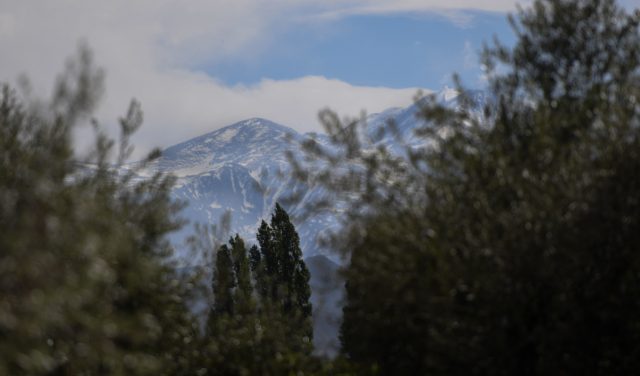
Still seen by many as “supermarket wine,” the future of Argentina’s biggest wine region lies in its capacity to premiumise and capitalise on its diversity outside of Malbec, buyers told the drinks business at Vinexpo Explorer Mendoza 2025.
The event took place from 6 to 9 October, and brought together 80 international buyers to explore 150 local wineries in the Argentine wine region. After a week of seminars, tastings, and B2B meetings, attendees told db they were surprised by the region’s diverse range of varietals, terroirs and soils. But, as red wine consumption plummets globally and customers look to trade up, will Argentine wine suffer, or will it rise to meet the challenge?
Many predicted a bright future for Argentine wine: For Julianne Kennedy, senior manager at New World Wine Sourcing, AMI Group, United States, the category “has such potential”. She said: “It’s telling that winemakers have come from several parts of the world, and have chosen this area to be a second property, or a new investment, and there’s a lot of room in the global wine scene for Argentinian wine.”
Stepping away from ‘supermarket wine’
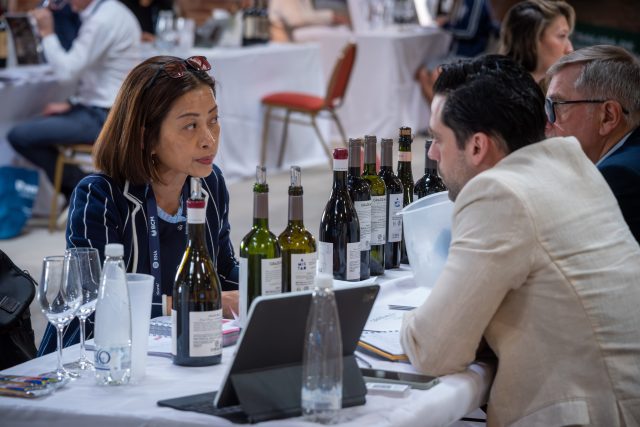
Ole Frantzen, partner at Calwine AB C/ O Ward Wines AB, Sweden, agreed, claiming he had “underestimated Mendoza as a winemaking part of the world incredibly”, having discovered top-level wines shaped by the Andean altitude on the Vinexpo trip.
But this wasn’t a common opinion in Sweden, where Argentine wine is still seen as “mainstream, low-price and easy-to-drink”. When asked how that perception could be changed, he had no idea: “if I knew that I’d be rich”.
Luckily, others did have ideas: While Argentine wine is still largely considered “supermarket wine”, according to Powell Yang, founder of Monopole Consulting, Taiwan, there’s hope for this to change. “The transition the industry needs to make is to reduce commercial, bulk volume and focus more on the premium side of the business,” he said. “It’s going to take a long time, it’s not going to be quick.”
But this outcome involves producers actually wanting to make super-premium wine, he added. “That’s a catch-22, if you’re making cheap wine, you’re making great money already – that’s a cash cow – you’re not going to veer away from that.
“It needs to be a personal goal from these producers to say, ‘I know I can make cheap wine and make a lot of money, but what’s my next step? Do I want to make wine that’s competitive with Bordeauxs, with Burgundies?”
Looking beyond Malbec
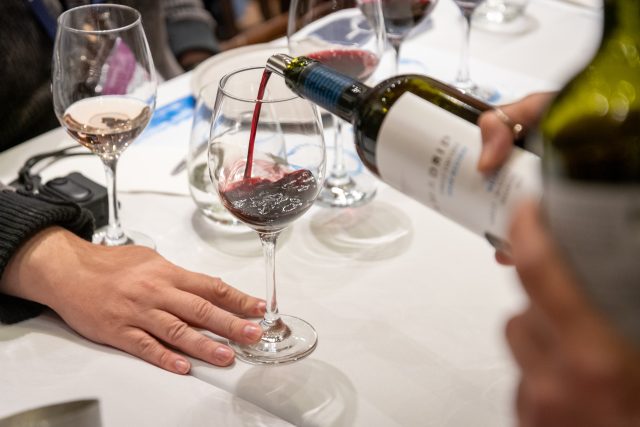
Jochen Heigoldt, CEO and founder, Vioneers, Germany, forecasted that Argentina will maintain a strong presence in markets where it already has a foothold due to political issues, with Canada benefiting “big time” from the US tariff situation. But overall, he believed Argentina has a tough future ahead with red wine consumption developing worse than white or rosé.
That’s why many buyers said producers should look beyond Malbec to secure Mendoza’s future success. Iván Acuña, CEO, of Biosophy, Japan, said: “They are great at Malbec as we know, but they need to come up with new ideas to grow more outside of Malbec.”
This could look like working with Torrontés grapes, dry, floral wines and natural, organic wines. “Japan and Europe could like that,” he claimed. The future depends on winemakers’ next moves: “If they follow trends in the market, and be original, they’re going to be great.”
When it comes to consumers, Anton Wright, CEO of ANW, United States, is “optimistic” that American punters are ready to discover Argentina outside of Malbec. “I hope they’ll see the value in Sauvignon Blancs, Chenins, Pinot Noir, and maybe even Cabernet Franc, now that European wines have got more expensive,” he said.
But whether this will actually happen is another question: “It’s going to need more than one person to actually get behind that,” he added.
New varietals rise up
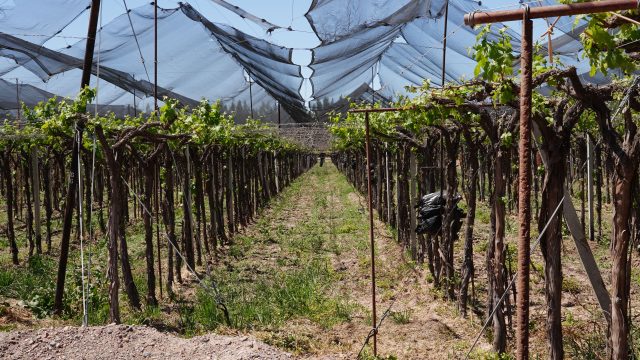
In the next decade, Michael Kogan, CEO, Plume Ridge, United States, also hopes Argentine wine will be recognised outside of Malbec. “I’m hoping new varietals, like Cabernet Franc, will be recognised. It’s a very hard varietal in the US to sell, but they make it amazing,” he said.
While France, Italy, Spain and the US are still leaders on a global stage, Argentina “is up there”, he added. ” They’re too reliant on the US market in my opinion, but they’re beginning to diversify the market. It’s hard to find new markets, but there needs to be more diversity in terms of exports.”
Margaux Carpentier, buyer for Corney & Barrow, UK, added that Argentine wines are gaining recognition in the UK export market. She said: “Every restaurant has Argentine Malbec on the list, but in recent years, there’s been a lot of demand for other red varieties and styles like sparkling and fine white wine, to compete with Burgundy.
“In Argentina, there’s been a revolution. There’s a new group of young generation winemakers pushing boundaries, preserving and resurrecting long-lost vineyards, and are really exploring new terroirs and planting vineyards in places there were none.”
She thinks the category will continue to grow, with the help of buyers, somms and sales people, who can “show off the wines the country is making”.
A bright future
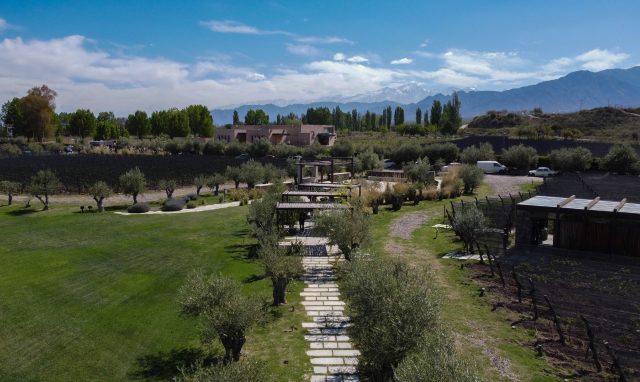
Jib Nasrallah, senior manager wholesale at Nova Scotia Liquor Corporation, shared insight into the perception of Mendoza wines in Canada: “For the last number of years, we’ve always held them outside of the Italian, French and Spanish realm, but they’ve always been great value for quality. That will probably carry through, and that expectation from the world is going to grow.”
For Josue Bustos Jimenez, marketing manager, MOG Selections Vineyards, Costa Rica, the only way is up: “Right now they are one of the biggest wine markets, and I just see them growing.
“The New World is going to keep innovating to become better and better, and if the Old World wines don’t get the same pace, they will definitely be left behind.”
Related news
How can Argentina’s native grape hit the big time?
‘Argentina is more than Malbec’: Global buyers rethink Mendoza at Vinexpo Explorer 2025
How decades-old values of ‘people and place’ still guide Santa Julia


Dining and Cooking